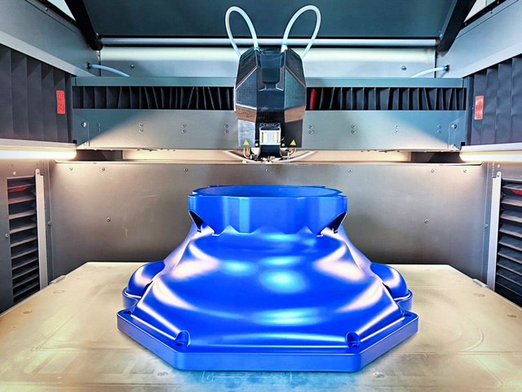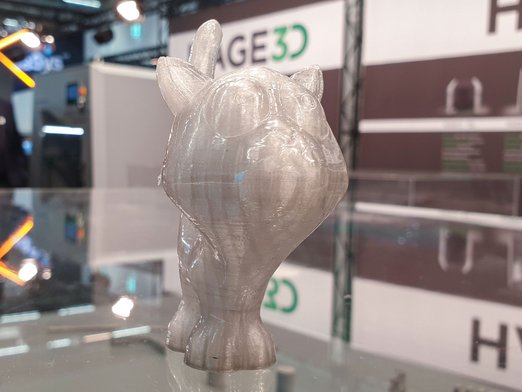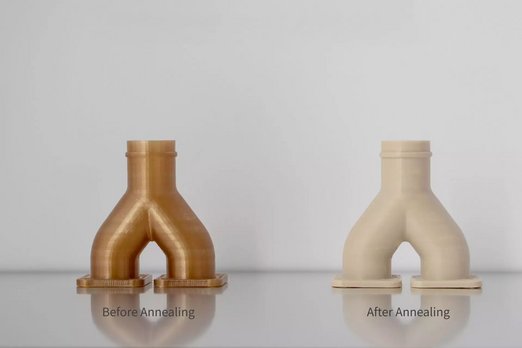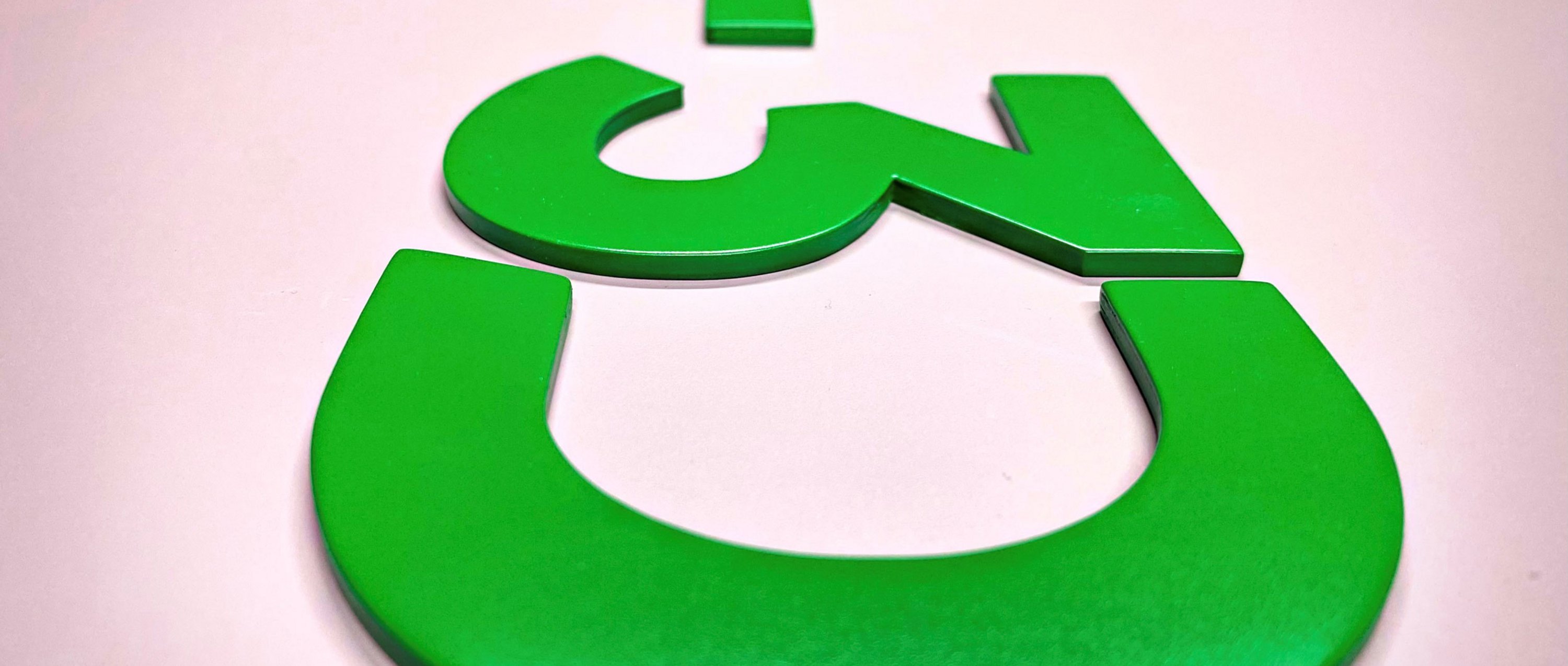POST-PROCESSING METHODS
In contrast to competing processes, additive material extrusion does not require component post-processing. In the event of increased material requirements or critical dimensional, shape and positional tolerances, post-processing can, however, be of value.
MECHANICAL POST-PROCESSING
Mechanical post-processing by drilling, milling or reaming can improve the dimensional or shape tolerance of a printed component. Here, an additional volume of material must be taken into account in component construction to compensate for the material lost during post-processing. Components with narrow tolerances and/or fits for material removal must be marked. The combination of additive design freedom and subtractive accuracy is a proven process for adding value. In many cases, post-processing is more cost-effective and quicker than a forming process such as injection moulding.
PAINTING
Further surface refinement can be undertaken by painting or sanding/filling as preparation for painting. This way, larger components that have been printed quickly and with a coarser resolution can be given an optimal surface finish. Additionally, a paint layer can help to protect the workpiece and considerably extend the freedom of colour design.
Figure: © WMS Zerspanungstechnik GmbH


SMOOTHING
Smoothing processes tend to be based on chemical dissolution of the printed components, which homogeneously refines and seals the surface. The components are given a matte or glossy finish. Different plastics require different solvents – acetone is popular for ABS/ASA, for example. In order that harder to access parts of components can also be smoothed, the solvents are applied as a vapour in a temperature-controlled chamber.
ANNEALING
Annealing generally refers to the heat treatment of components. The aim is to relieve stresses in the component interior or to improve the structure. The introduction of thermal energy interferes with the morphological structure of the plastic and leads to the redistribution the macromolecules. This results in a relaxation in the structure or post-crystallisation in the event of semi-crystalline plastics. Low-stress or crystallised components benefit from improved dimensional stability, increased temperature and chemical resistance and elevated mechanical performance.
Figure: © Victrex plc.



